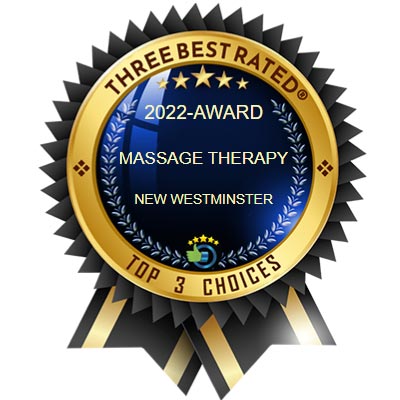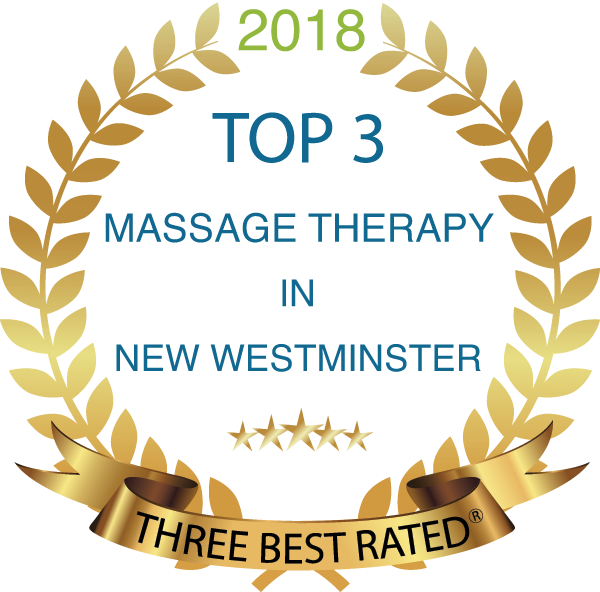Injuries to the back are the most common cause. Minor injuries may result from tripping, falling, improper lifting techniques, or too much twisting of the spine. More severe injuries may follow car accidents, falls from significant heights or landing in an awkward position on the buttocks, direct blows to the top of the head, or a penetrating injury. Sometimes back pain is due to a condition the person is born with such as scoliosis or spina bifida.
Back pain can also result from overuse injuries, which usually occur as a result of improper movement or posture when lifting, standing, walking, sleeping, or sitting. In addition to pain, symptoms can include muscle spasms, stiffness, numbness or tingling, and weakness in one or both legs.
A herniated disc (a problem with one of the rubbery discs that separate the bones of the spine) is also a common cause of back pain.
Some people are more likely to develop back pain than others, including middle aged males, people with a family history of back problems, and women who have carried a pregnancy to term. Lifestyle risk factors include smoking, being overweight, being inactive, sitting for long periods, or taking medication that weakens the bones, (such as corticosteroids).
Treatment for back pain
Most back pain disappears over time with home treatment and self-care, but if you don’t feel any improvement in the first 72 hours after the pain starts, see your doctor. During the visit, your doctor will examine your back and access your ability to sit, stand, walk, and lift your legs. Using a rubber hammer, your doctor may also test your reflexes. These tests will help determine where the pain is, your pain-free range of motion, and whether you have muscle spasms. Diagnostic tests aren’t usually necessary to confirm the source of your pain unless the doctor suspects that the pain may be the result of a more serious problem such as a fracture, tumour, infection, or other illness.
Most back pain goes away within a few weeks with the proper home treatment.
The following tips can help relieve pain, swelling, and stiffness related to your back problem:
- Avoid bedrest. Excessive bedrest may delay healing.
- Be active. Return to normal daily activities, and work as soon as you can, keeping in mind that you may need to limit or modify some tasks.
- Ice the injury. Apply cold packs to the injured area for the first 24 to 48 hours. Use them for 15 to 20 minutes, three to four times a day, for at least the first two days. Cold helps decrease the swelling and pain. But the body needs to return to normal temperature between cold applications, so don’t leave the cold pack in place for longer than 20 minutes at a time.
- Apply heat after 48 to 72 hours, if the swelling is gone. Use a warm pack or heating pad set on low. Some experts recommend alternating between heat and cold treatments.
- Gently massage your injury. Sometimes massaging an injury may help relieve pain and encourage blood flow to the area. However, do not massage the area if it causes too much pain.
- Use pain medication as needed. Over-the-counter pain medications can help you manage your discomfort, especially during activity. You pharmacist can help you select an appropriate product.
- Be cautious. Avoid sitting up in bed, sitting on soft couches, and twisting or sitting in positions that make your pain worse.
- Begin moderate exercise. Once the pain begins to lessen, start taking short walks on level surfaces to keep your muscles strong. Avoid hills and stairs. Add to your exercise program every week to slowly build strength and endurance. Yoga may be a beneficial addition to your exercise program.
- Physical therapy. Advice on proper movement from a trained professional can help you get back to normal activity.
An ounce of prevention
There time you spend sitting at desks, in cars, or in front of the television or computer, the more you must do to prevent back pain. The following tips will help keep your back healthy and strong:
- Exercise. Aerobic exercises that don’t irritate your back can increase strength in your lower back, helping the muscles function better. Some of the best choices include walking, bicycling, swimming, and yoga. Speak to your doctor to determine the best activity for you.
- Build strength and flexibility. Condition your stomach and back muscles for better core body strength. More flexibility in your hips and upper legs encourages proper pelvic bone align meant, which can improve your back feels.
- Butt out. Smokers have lower oxygen levels in their spinal tissues, which can slow the healing process.
- Stand tall. When you have to stand for long periods, try to rest one foot at a time on a low footstool to take some of the load off your back.
- Sit straight. Choose seats that offer good lower back support, armrests, and a swivel base. Pillow or rolled towel in the small of your back may also help your back maintain its normal curve. Keep your knees and hips level.
- Lift carefully. When lifting, let your legs do the work. Move up and down, keeping your back straight and bending only at the knees. Hold your load close to your body and avoid lifting and twisting at the same time. If the item is too heavy, get someone to help you.
- Sleep smart. Use a firm or medium-firm mattress for better support. Be careful that your pillows don’t force your neck into a severe angle.
Fortunately, back pain is often short-lived and causes no permanent damage in most cases. Most people can resume their normal daily routines once the pain has subsided. If you have any questions about back care or medications for back pain, speak to your doctor or London Drugs pharmacist.




